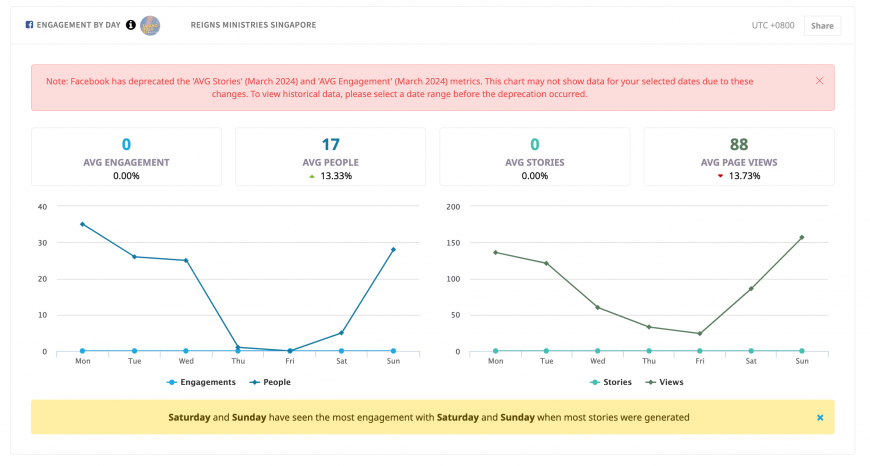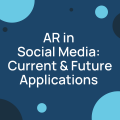How To Harness Social Media For More Website Traffic
Sahail Ashraf posted on 15 September 2017
Every brand has a website, even if it is one that has been left to fester over a number of years. The problem with websites is that some brands feel that the only work that needs doing on the things is what happens when they are created. That’s basically it.
Someone creates a website for a company and that site is then ‘live’ for people to visit and buy stuff. Unless your clients are huge and they have been selling things via their websites for years and years, you will know that taking on a client with a website usually produces the same result. The website does nothing to market the brand, and it hasn’t been updated in months.
You can take care of the update thing as an agency by creating content. But then you have to bring people to the site. The best brands have websites that bring traffic and then convert that traffic into buyers. As a digital agency, you have to be confident that you know how to send traffic to the site in the first place.
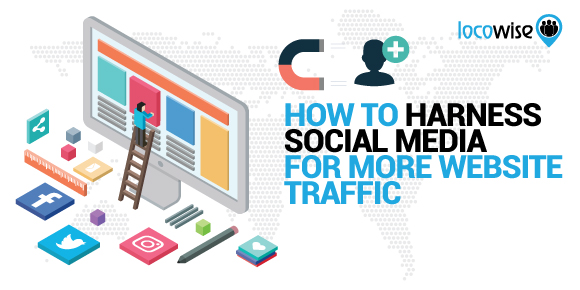
To get the most out of the potential traffic, a digital agency needs to know how to divert it, funnel it and use it. The very first aspect that a digital agency has to be on top of is the guiding of the traffic to the right place. Many brands feel that if they get traffic to their homepage, that is the right thing to do and will result in better engagement and ultimately conversion. This is not the case, and the most successful brands out there send traffic to specially chosen places.
If a prospect hits one of your links, then sending them to a blog post that elaborates further on the content that got them there in the first place is adding immediate value, and making the engagement case much stronger.
If you’ve posted a link on social that grabbed their attention, then sending them to a quality blog post that adds even more value is a certain way to make them even more likely to engage, and then enquire about your services. It’s all part of that expertise building that every brand has to nail before digital marketing really takes hold.
Sending visitors from a great piece of social media work to your homepage only succeeds in boring them quickly. Make it a logical leap from link to content. Send traffic to your value, your blog posts and your reports. That is what they expect. A clear journey. If your agency is sending people to a client’s website, send them to where they expect to go. Otherwise, the bounce rate will continue to be high.
That human thing, again
Most people who engage with a brand on social do so because they find it attractive or useful to them. They also imagine (perhaps subconsciously sometimes) that the brand is ‘talking to them’. This means that brands have a way into making more people on social media go from there to the website.
Keep interactions on social media human and real. It’s old advice in some ways, but brands need to drop the directness that is becoming tired, and instead play it a little cool. You shouldn’t have to ask people to visit your website. There is no need.
On social people want to get to know your brand and generally keep in touch. They will do this even more if you ensure that your social media interaction is friendly and useful.
Use visuals with purpose
We all know that visual content is king on social media. It just makes common sense. But there is another aspect to visual content that makes it even more useful, especially when you realise what it actually does.
The human eye on social is fickle and it has a short attention span. When it sees something that excites it though, it stops and takes notice. The very best thing to do when they notice that amazing and attractive piece of visual content is to link to your website. And if you follow the principle above about making sure that site visitors go somewhere effective, you have a much more streamlined and powerful process.
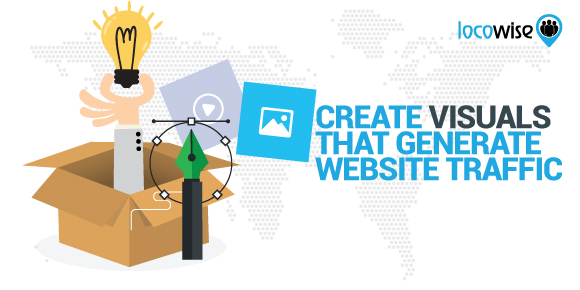
Use metrics
We would be telling an untruth if we suggested being on social all day, every day. But consistency is key. You will see an increase in traffic from social media if you work at the task of creating purposeful content consistently.
Develop a schedule that fits into your work and then post consistently. It is quite common to see a spike in social traffic if you put in a spurt of work. But if that is all you do that spike will quickly become just a spike. Be consistent.
Then once you have a schedule in place, work on your metrics and see where the traffic is coming from. Not only will this allow you to see which social media platforms work best for your client, but also which content types bring the most ROI.
We think you’ll find that a consistent schedule, purposeful linking and being human and visual will help you increase site traffic. Obviously, you want to do the best for clients. Don’t neglect their website, and make sure you are using social media as a source of traffic.
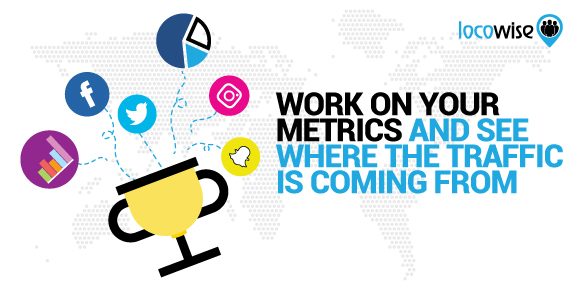
Want to get your hands on some of those metrics we mentioned? Ready to bring more value to your clients? Try Locowise for free, for seven whole days. You’ll find it becomes part of what you do.

